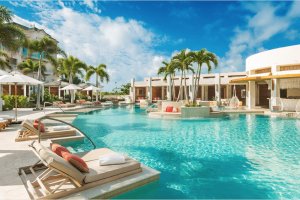
Honeymoons & Travel
Honeymoon on Turks & Caicos
Turks & Caicos is famous for its crystal-clear Caribbean waters, and the brand-new luxury Shore Club is our pick for
Read MoreVicki Sneed of Vicki’s Travel Designs is an experienced travel agent who plans honeymoons every day for New Jersey brides, so I decided to ask her about not only where to go, but WHEN to go! With rainy seasons, hurricanes, higher rates during holidays, summer vacations and other local happenings, the choice of which month and which island can literally make or break your honeymoon. Here’s the 411 on honeymoons:
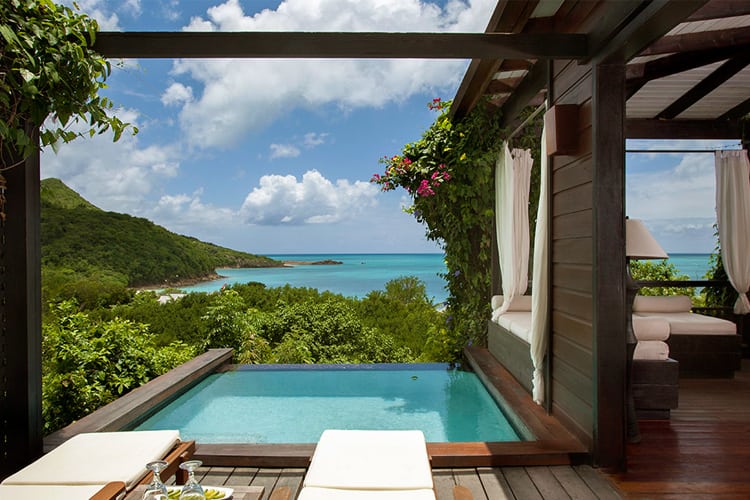
The best time to visit Antigua is between mid-December and mid-April, with second option in May or June. This is the period right after peak season and just before the wet season from July to November. Carnival season is normally end of July into early August. Antigua’s seldom-explored coves and white-sand inlets, aquamarine waters, balmy breezes and coral reefs ideal for snorkeling and scuba diving make this island a wonderful option for beach lovers.
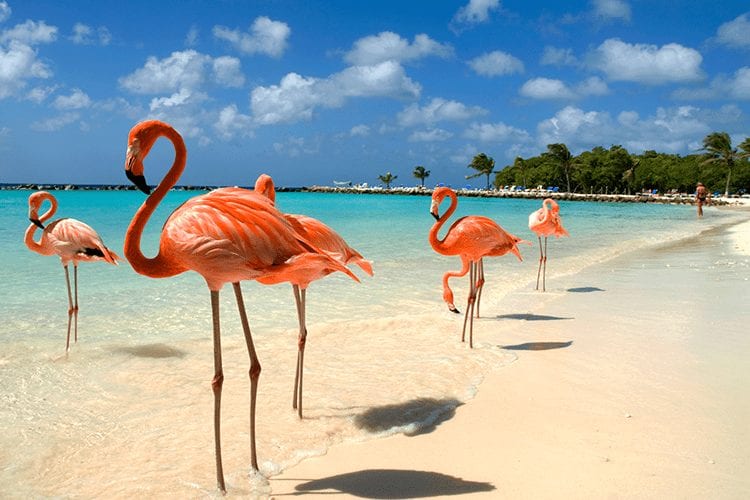
The best time to visit Aruba is from April to August—a huge window of time when the island’s high prices take a holiday. And since the island sits well outside the hurricane belt, there’s very little threat of tropical storms at this time. January to March features pleasant weather, but the room prices can soar. Most people who have been to Aruba will tell you it’s not worth staying at an-all inclusive resort here, because there’s too many great restaurants on the island. They are right, there’s more than 200 restaurants.
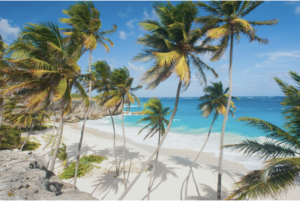
The best time to visit Barbados is between mid-December and mid-April, during dry season. Even in the wet season, rainfall often makes way for sun. Official hurricane season in Barbados is from July to November. For soft, sandy beaches, warm clear water and gentle tropical breezes, look no further than Barbados. But there’s so much more to this tropical island paradise; you can visit limestone caves, botanical gardens or party with the locals at a fun food festival.
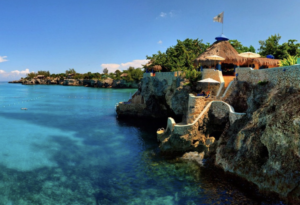
The best time to visit Jamaica is early December before the peak season of January to March. These months are when the island’s already beautiful weather is the most pleasant. Hurricane season officially lasts from June 1 to November 30, but this island has two rainy seasons, May and October through November. Jamaica is home to a magnificent landscape of rolling mountains lined by endless white‐sand beaches, covered by lush foliage and crisscrossed by streaming rivers and cascading waterfalls. It’s no wonder Jamaica is the island of “One Love.”
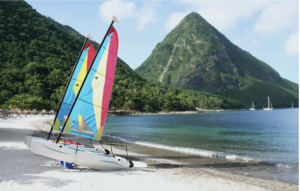
The best time to visit Saint Lucia is from December to April during the driest season. The rainy season is from June to December. The rainforest areas typically experience more rainfall than the coastal regions of the island. Imagine yourself reclining on the sandy white beaches, soaking in the volcanic mudbaths of Soufrière, ziplining through lush rainforests, indulging in authentic island food, club-hopping on the Rodney Bay strip and riding ATVs through the countryside. This is what a honeymoon on St. Lucia can look like.

There are two seasons: summer from May to October and winter from November to April. Average summer temperatures are around 85 degrees, while average winter temperatures tend to be around 78 degrees with night-time temperatures dropping around 10 degrees in either season. Hawaii’s most rainy months are usually between November and March, however most of the rain tends to fall in the mountains and valleys on the northeastern side of the islands. Average water temperatures in Hawaii reach approximately 80 degrees in the summer and 74 degrees in the winter. During the winter months, Pacific Ocean storms create the legendary waves that Hawaii is famous for.
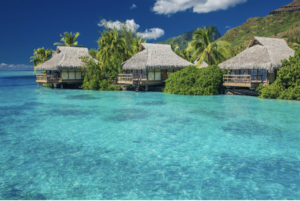
Tahiti is home to a warm, tropical climate and can be broken up into two seasons, summer is from November to February and winter from April to September. There is no real significant temperature differences between the seasons as the winter months are only slightly cooler, but never cold. The summer months of November to February fall in line with the rainy season, which accounts for a greater amount of humidity. November to March can see temperatures occasionally rise above 88 degrees but rarely fall below 72 while April to October by day sees low 80s and high 60s in the evenings.
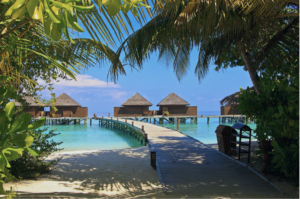
The Maldives has two distinct seasons—wet and dry—and the temperatures rarely changes throughout the year. The average daily temperature is 86 degrees making Maldives a true tropical paradise. The average sea temperature is around 79 degrees. The dry season is from December to April, while the wet season is from May to November. The wet season can experience torrential rains, however since Maldives is located on the equatorial belt, severe rainstorms are rare. Maldives experiences a great deal of sunshine, averaging at least eight hours of sunshine each day.
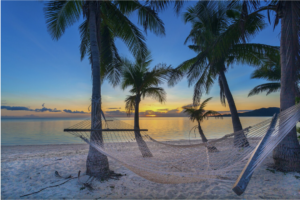
The weather in Fiji can be divided into two seasons: summer is from November to April and winter is from May to October. The best time of year to visit Fiji is during the winter months (May to October) as they are part of the dry season. The wet season (November to April) has heavy, brief showers, and they contribute much of Fiji’s annual rainfall. Smaller islands however receive less rainfall than the main islands. The main islands are divided by a mountain range with the “wet” side to the southeast and the“dry” side to the northwest. The average temperature enjoyed in Fiji is 78 degrees, but can dip as low as 64 in July.

Indonesia has a tropical climate that is very hot and humid. Weather can be divided into two seasons: rainy and dry. The rainy season usually runs from October to April. Although some places like Maluku experience the rainy season from March to April. The dry season runs from May to September. The coastal plains have an average temperature of 82 degrees, the inland and mountain areas experience an average of 78 degrees, while the higher mountain ranges average 73.

The best times to be in Greece are spring (mid-April to mid-June) and the fall (September to mid-October). Temperatures are not too hot during this time and you avoid the crowds. In spring, you will see more wildflowers, and in the fall, you can still swim in the sea. Avoid Easter week if possible, as almost every hotel is full. The summer brings high pricing and temperatures are scorching hot. Ferry and plane services are more restricted during the winter and many shops, museums and sites are closed during colder months. The rainy times are between November and February.

When planning a trip to Italy, consider the region when planning. If you are visiting the beach, avoid July and August when the weather is too hot and very crowded. If visiting the cities of Rome, Florence and Venice, the best times are April to late June and September/October to avoid the very long lines at historic sites, museums and galleries. Generally, summers are hot throughout Italy and can be exceptionally hot in the south. Winters can be damp and chilly, although from Rome south, the temperatures are mild. It is definitely cold in the very north and snow is prevalent.
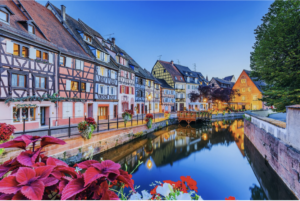
Due to the size of France, this country has different climatic regions. Summer is the peak season for tourists; it is warm and sunny at many of the popular destinations. Southern France is balmy during spring (March to May) and during the fall (September to October). December to March is popular at the ski resorts in the Alps and Pyrénées. The northeastern region will see warmer summers and colder winters. In the western coastal destinations, the weather is generally mild with rainfall throughout the year. Prepare for hot and sunny summers if you’re planning on visiting this region.
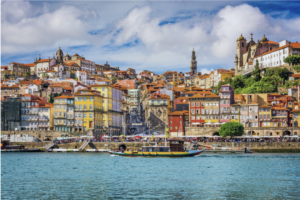
If visiting the cities of northern Portugal, summer is generally very hot and not the ideal time for walking around. The best months are May and October for active vacations. Most of the rain falls in the winter between November and January. Spring comes early, normally late February. June is when the two largest religious festivals take place—Santo Antonio and Sao Joao. The Algarve is mild in the winter. September and October are usually the best times to go to southern Portugal as sea temperatures are still warm and beaches are a lot less crowded.
Vicki understands how important your honeymoon is. “I love helping couples create special moments,” she says. “I have been married for more than 40 years and understand the importance of shared memories. My husband and I began our story eloping in 1979 and have shared many adventures along the way. Over the years, we always made time to travel as a couple and continue to create shared memories. We have even renewed our vows twice; once at 25 years in a garden ceremony with 100 of our closest friends and family and 2 years ago we celebrated our 40th anniversary with a private vow renewal ceremony in St. Lucia. I look forward to assisting you in creating memories during your first adventure as Husband and Wife.”
To contact Vicki about planning your honeymoon, click here.